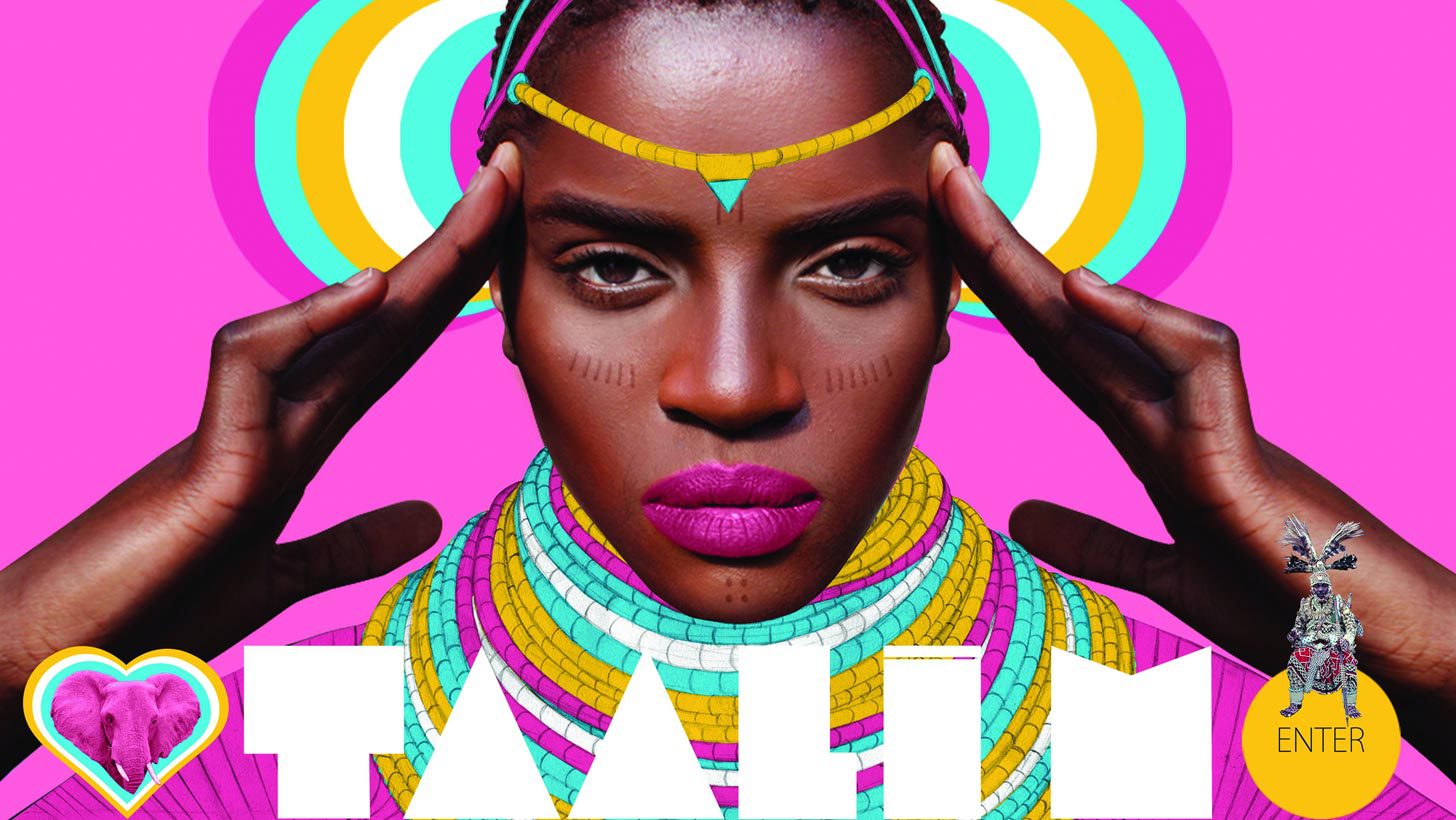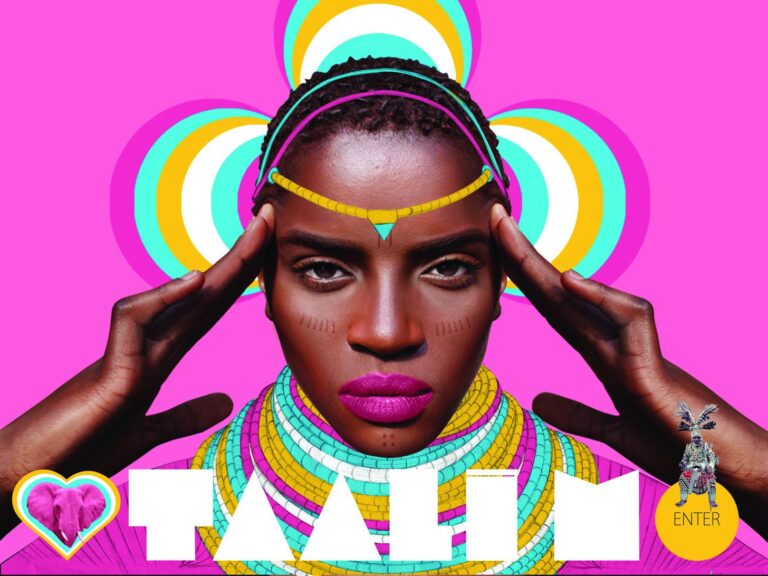Making Africa Explores The Thousand Contexts Of Contemporary Design


Pierre-Christophe Gam, "The Kingdom of Taali M," 2012, Website für die französisch-kongolesische Sängerin Taali M./ website for the French-Congolese, © Pierre-Christophe Gam
courtesy of Making Africa








